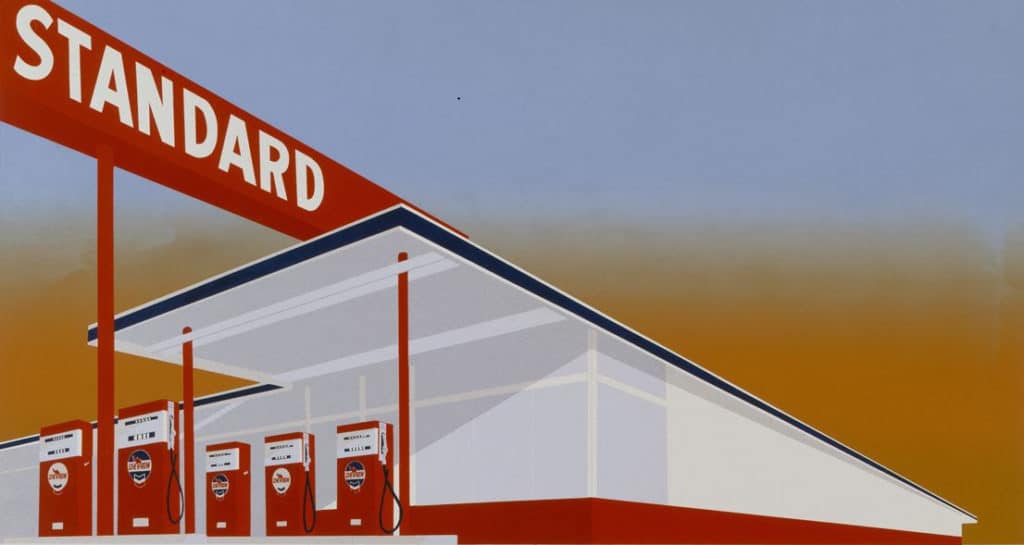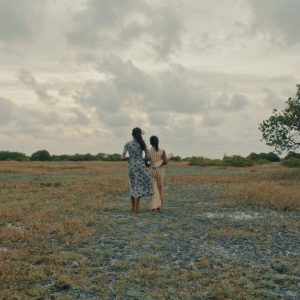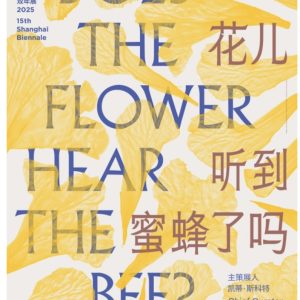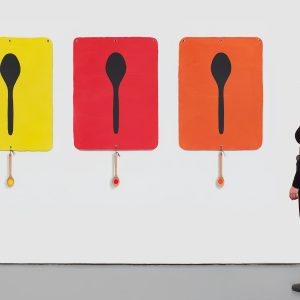From Sunday, April 7 to Sunday, Oct. 6 the Los Angeles County Museum of Art (LACMA) presents ED RUSCHA / NOW THEN, a new exhibition conceived alongside illustrious artist Ed Ruscha (Chouinard 60). His first retrospective in more than 20 years, the comprehensive show features a vast collection of Ruscha’s works spanning more than six decades.
Including paintings, photography, painting, artist’s books, and more, NOW THEN includes more than 250 of these works on display in the second level of LACMA’s Broad Contemporary Art Museum (BCAM). The exhibition features many of Ruscha’s most recognizable pieces as well as early works and lesser-known aspects of his practice, including those related to his Chocolate Room and the Course of Empire series. More about the exhibition from LACMA:
Ruscha has consistently held up a mirror to American society by transforming some of its defining attributes—from consumer culture and popular entertainment to the ever changing urban landscape—into the very subject of his art. In 1956, at the age of 18, Ruscha drove west from his hometown of Oklahoma City to Los Angeles to study commercial art at the Chouinard Art Institute (now CalArts). There, his graphic design courses focused on precision and balance, while his fine art classes emphasized spontaneity and gesture. Ruscha would ultimately merge these two approaches in his own work by neatly ordering text and images within painted compositions.
Accompanying ED RUSCHA / NOW THEN is a special event titled Capturing Communities, a talk by exhibition curator Rebecca Morse on Saturday, June 1 at the Architecture for Communities Los Angeles. The discussion is followed by a walking tour of the West Adams neighborhood,co-presented by the American Institute of Architects (AIA) Los Angeles.
Ruscha is an internationally acclaimed artist whose work has distinguished him as a “defining figure of postwar American art,” per Michael Govan, LACMA CEO and Wallis Annenberg Director and the exhibition’s co-curator, in the exhibition advisory. He is known for his works about American consumer society, notably those depicting Los Angeles billboards and street signage, establishing him as a key figure in the Pop Art movement of the 1950s. In 2013, he was named one of the 100 most influential people in the world in Time Magazine’s annual listing, and was the recipient of the 2019 J. Paul Getty Medal.



